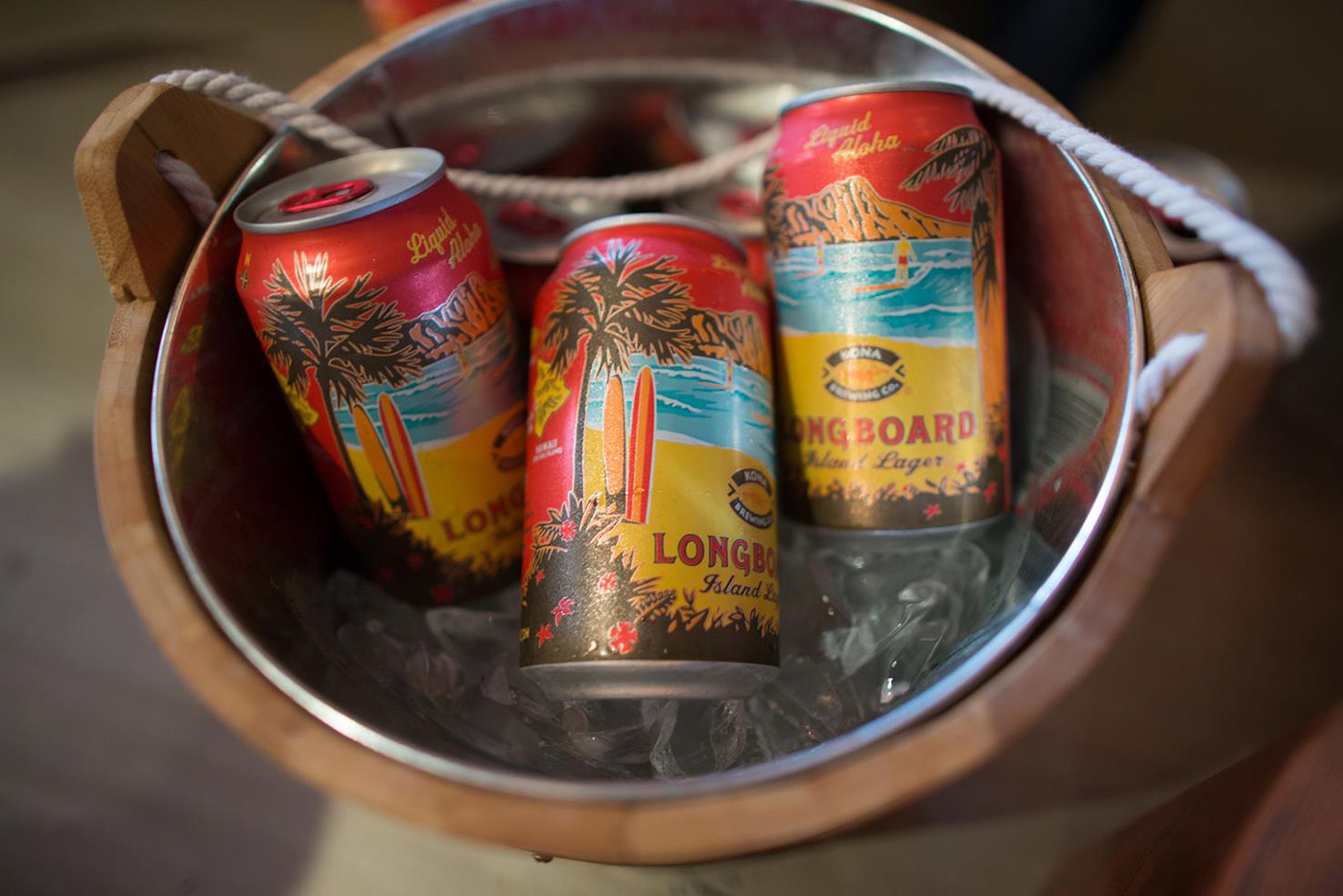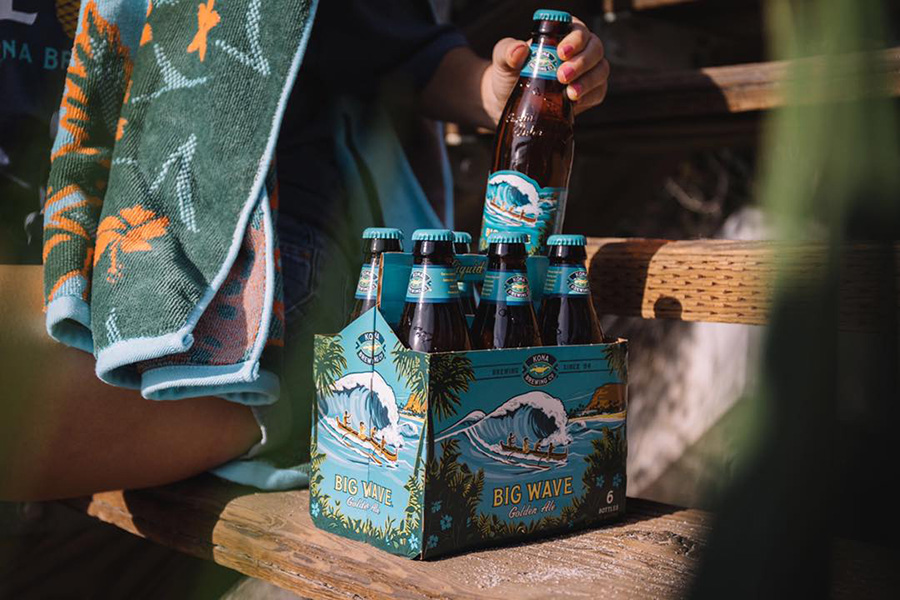For more than 80 years, Primo beer represented the Hawaiian life while dominating the state’s beer market. But nothing last forever, and after a brief hiatus when no beer was being made on the islands, Kona Brewing took its place, and has been brewing beer locally for the past 25 years.

Primo’s production was shifted off the island in 1979, but before the brand departed a young Cameron Healy saw the power of the message the beer represented and bought a T-shirt on a visit to Hawai’i.
Healy went on to found Kettle Foods and eventually, on a visit to the Big Island to visit his son in the early 1990s, he decided he needed a way to visit the islands more often.
Kona is celebrating 25 years of brewing up beers in Kailua-Kona by building a new brewery on Hawai’i and launching its first national media campaign.
Recalling his fondness of Primo’s message and now hailing from the early craft beer haven of Portland, Healy saw the perfect way to harness his entrepreneurial spirit. So he and his son, Spoon Khalsa, founded Kona Brewing Company.
“Primo was the signature brand, associated with Hawai’i. I had the awareness of what it meant in the culture and [to me] that Kona could be the modern Primo,” Healy said. “There was that opportunity to be the first and, ultimately, be the leader. That’s a good position for a brand if you can establish that.”
Kona is celebrating 25 years of brewing up beers in Kailua-Kona by building a new brewery on Hawai’i and launching its first national media campaign this week. The brand has seen a lot of growth over the past three decades — its proprietary bottles are a familiar shape for beer fans and its beers, including Longboard Lager, Big Wave Blonde, and Koko Brown, have penetrated the mainland.

But it hasn’t all been easy. There’s a reason a lot of breweries haven’t succeeded in Hawai’i.
As every beer ingredient but the water needs to be shipped a long way, the costs are prohibitive. Whether it was Schlitz moving Primo’s production to Los Angeles or a number of craft startups failing prior to Healy’s efforts, the attempt didn’t always meet with success.
Further Reading
“It was not lost on me that there was a reason they failed, I was not completely naive,” he said. “At the same time, I believed in the development of craft as part of a balanced healthy lifestyle that I had tracked with Kettle Brand. The development of craft beer felt like an extension of the natural lifestyle, the values that drove me since 1972.”
The islands were devoid of local beer at the time, so the all-draft brewery played a huge educational role in the early days of Hawaiian craft. More difficult, however, was the logistical issues of getting every ingredient for beer, excluding water, to the island.
Healy thought the company would establish a beachhead and build a brand, but instead, in the early stages it plateaued, and Kona Brewing’s numbers even dropped into the red.
By 1998, the company had opened its brewpub, which became a local hot spot for food and beer in Kailua-Kona, and the brewery outsourced its bottling, a costly operation to perform on the island.
“The priority was to have a healthy home market in Hawai’i … We always invested, tried new things, and supported community groups.”
“The day the pub opened, there was such a hunger for a great place that you could enjoy craft beer and food in, and where the beer was made, that the business took off and took the business in the black,” Healy said. “By the end of December that year, I never had to put another dime of my own capital into the business. It became self-funded, but it was an expensive path to get to that point.”
Around the turn of the century, Kona Brewing’s partnered with Widmer Brothers Brewery for its bottling contract on the mainland. In 2010, Kona joined Widmer and Redhook Brewing in the Craft Brew Alliance, a publicly traded company, which has greatly increased the Kona brand’s access to mainland markets, since the move enabled the brand to be brewed in the contiguous 48 states.

Spreading the “Liquid Aloha” message across the U.S. was a new aspect of the business, but Healy said it was important to never forget home.
“The priority was to have a healthy home market in Hawai’i and if we ever lost that health and focus, the rest would, in time, lose its mojo,” he said. “We always invested, tried new things, and supported community groups and didn’t take our eye off that as we learned to market and translate the brand values.”
The brewery is currently breaking ground on a new, massive expansion on Hawai’i, next to the original brewery and brewpub. The investment is designed to provide tourists with a true view of Kona Brewing’s investment and presence in Hawaii. The 100,000-barrel, sustainability-focused brewery will bring a bulk of production back to the islands after years of growth on the mainland.
“I’m very encouraged in the future,” Healy said. “The brand is doing so well in so many markets and investment is going back into Hawai’i for the new brewery and expanding and improving the pub experience in Kona. It’s a legacy project for me. As this brand grows more and more, we want consumers to come to the source.”




